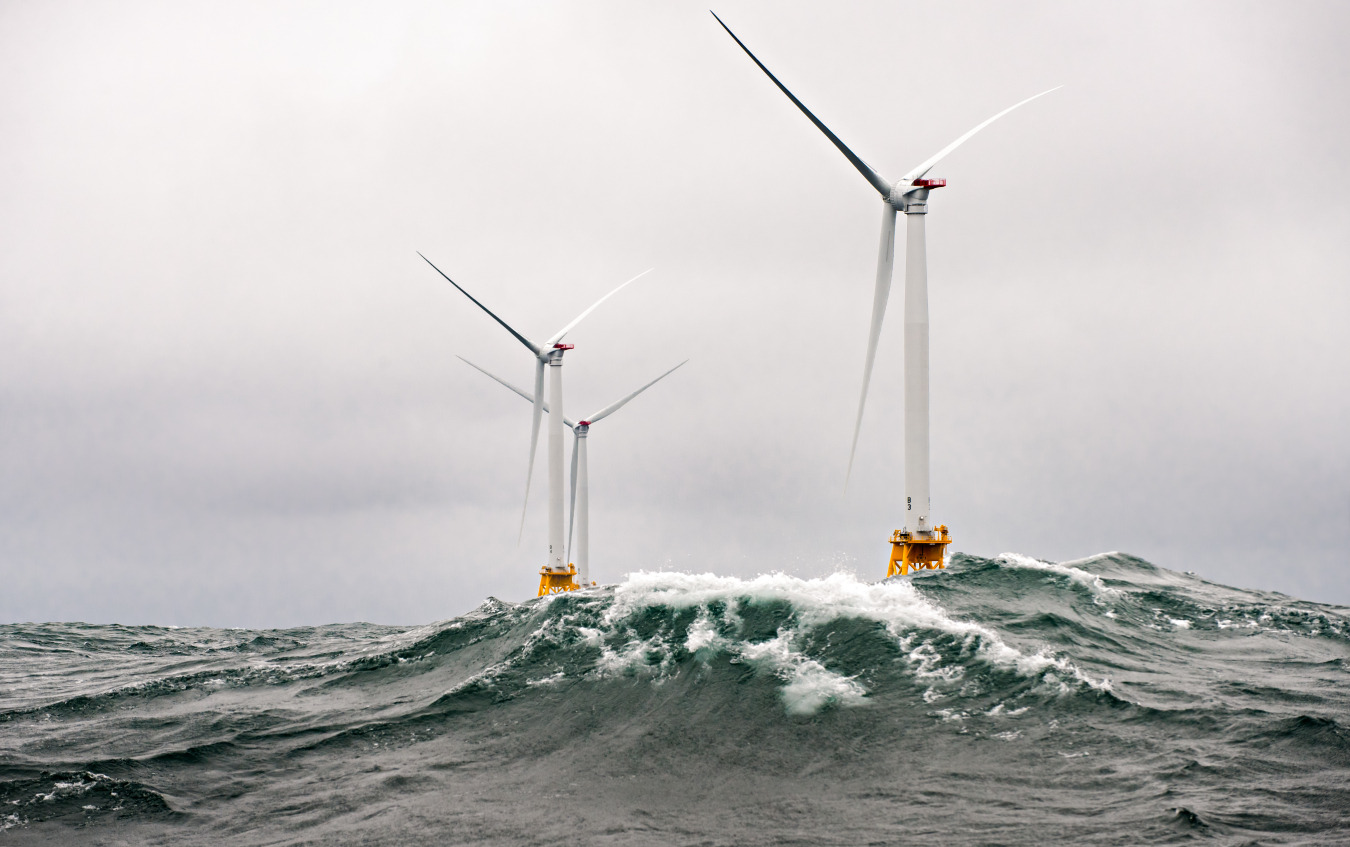The National Offshore Wind Research and Development Consortium, established in 2018, is a not-for-profit public-private partnership focused on advancing offshore wind technology in the United States through high-impact research projects and cost-effective and responsible development to maximize economic benefits

In late 2017, the U.S. Department of Energy (DOE) announced $20.5 million for a consortium that would conduct research and development (R&D) to address technological barriers and lower the costs and risks of offshore wind in the United States.
DOE and the Department of the Interior identified the following research areas to facilitate the development of the U.S. offshore wind industry:
- Wind plant technology advancement.
- Wind resource and physical site characterization.
- Installation, operations and maintenance, and supply chain technology solutions.
Addressing these challenges requires industry-wide collaboration, working closely with the brightest academic and national laboratory scientists.
The Consortium
In June 2018, DOE competitively selected the New York State Energy Research and Development Authority (NYSERDA) as administrator of the National Offshore Wind R&D Consortium. NYSERDA’s proposal brought together a strong founding consortium membership, with nine leading offshore wind energy project developers and a strong technical team including the Carbon Trust, Renewables Consulting Group, and DOE’s National Renewable Energy Laboratory (NREL). NYSERDA committed to matching DOE’s funds, resulting in a $41 million R&D consortium. State agencies in California, Maine, Maryland, Massachusetts, New Jersey, and Virginia have since joined, resulting in a total funding of around $60 million.
While the three R&D pillars of the Consortium were set by DOE, they needed additional specificity to identify initial research topics. In order to prioritize these topics, the Consortium developed a detailed questionnaire to identify the greatest challenges and priorities that developers face in reducing costs and risks as they develop offshore wind projects in the United States. Responses to this questionnaire from the nine founding developers and R&D advisory group formed the basis of the initial R&D roadmap, published in October 2018. The R&D roadmap has been updated periodically to keep up with the R&D needs of the offshore wind industry. The latest version of the roadmap can be found on NOWRDC’s website.
NOWRDC Solicitations
The Consortium ran a series of solicitations requesting R&D proposals throughout the DOE award period, resulting in over 55 projects and counting across a range of offshore wind technical challenge areas.
The first NOWRDC solicitation, issued in 2019, funded 20 projects across all three R&D pillars:
- Offshore wind plant technology advancement, which includes optimizing the performance of wind plants; reducing the costs of turbine support structures (e.g. foundations); developing innovative mooring and anchoring technologies for floating wind; and reducing the cost and risk associated with the transmission and distribution of electricity from offshore wind
- Offshore wind power resource and physical site characterization, which includes comprehensive wind resource assessment and the development of a metocean reference site
- Installation, operations &maintenance, and supply chain, which includes heavy lift vessel alternatives, offshore wind digitization through advanced analytics, and technology solutions to accelerate the U.S. supply chain.
NOWRDC Solicitation 1.0 resulted in 20 more projects announced in 2021, including:
- Five projects to enable large-scale turbines
- Four projects to develop innovative support structures (including foundations and moorings) for very large fixed-bottom and floating offshore wind turbines to achieve economies of scale
- Three projects that propose innovative solutions to supply chain and installation challenges including spiral welded towers, a self-positioning blade installation tool, and unmanned aerial devices for inspections
- Five projects to support innovations in grid interconnection and transmission
- Three technology development projects to mitigate conflicts with existing ocean users, including wildlife monitoring and radar interference.
NOWRDC Solicitation 2.0 resulted in 11 more projects announced in 2022, including:
- Three supply chain projects to facilitate U.S. manufacturing, ensure quality component production, and simplify transportation of major wind plant components
- Three asset monitoring and inspection projects to reduce operational costs for offshore wind farms
- Two ocean area coexistence projects to monitor protected marine mammals and design floating offshore wind arrays to be compatible with fishing
- Three transmission projects to improve the resiliency of subsea power cables and maintain grid stability with increasing contributions of offshore wind power.
NOWRDC Solicitation 3.0 used funding from state agencies and collaborated with Innovate UK with three project awards announced in April 2024 to improve offshore wind reliability, operations, and maintenance.
NOWRDC Solicitation 4.0 was announced in 2024, with state funding as well as DOE and Bureau of Ocean Energy Management funding. Award selections are expected in February 2025.
For a full list of projects funded by the Consortium, see NOWRDC’s project database.
Additional information on the NOWRDC, as well as news items and other regular updates, can be found at NationalOffshoreWind.org.

